Hawaiian Air Tour EC130T2 Hard Landing after Power Loss – Part 1 (Blue Hawaiian N11VQ Kauai)
On 17 January 2016 Airbus Helicopters EC130T2 N11VQ, operated by Blue Hawaiian Helicopters (an Air Methods subsidiary), crashed near Hanalei, Kauai, Hawaii during a Part 135 air tour flight. The pilot and six passengers were all seriously injured.
In this, the first of two articles, we look on why the helicopter crashed.
Part 2 looks at the survivability issues. It is estimated that the initial impact was 24g in the vertical axis, 9g in the horizontal axis, and 4g in the lateral axis. The helicopter bounced and then impacted at 19g vertically, 7g horizontally, and 1 g laterally.
The Accident Flight
The US National Transportation Safety Board (NTSB) explain in their safety investigation report (issued 25 August 2020):
The pilot reported that, about 25 minutes after departure for the sightseeing flight, the helicopter was about 1/4-mile offshore NW of the Honopu Sea Arch between 1,300 ft and 1,400 ft mean sea level (msl) when he heard the low rotor rpm aural warning horn.
NTSB comment that:
The first indication of an inflight loss of power was an uncommanded right yaw that occurred at 14:31:31. The first limit indicator (FLI) on the instrument console started to drop rapidly, followed by the GENE (generator) annunciator light illumination.
The EC130T2 is powered by a Safran Arriel 2D turboshaft engine with a dual channel FADEC. The pilot entered an autorotation, initiated a 20° right turn turned toward shore and made a distress call.
Five seconds later, the ENG P (engine oil pressure) annunciator light illuminated, followed by the FUEL P (fuel pressure) light and the helicopter returned to a nearly-level flight attitude. About 10 seconds later, the helicopter was passing through 600 ft at 85 knots. Rotor rpm had increased to 430.
After about 11 seconds, the coastline became discernable and revealed a rocky, unsuitable landing area. The helicopter’s altitude was about 350 ft and the rotor speed was 364 rpm. At 14:32:08, the helicopter had entered a 45° right bank, altitude was 275 ft, airspeed was zero, and the helicopter was maneuvering toward a sandy beach area.
About 3 seconds later, the LIMIT (servo limit) light illuminated, the helicopter entered a near-level pitch attitude, airspeed was near zero, and rotor speed was around 200 rpm.
Initial ground impact was at 14:32:13 and the rotorcraft was at rest at 14:32:15.
[The pilot] applied the rotor brake to slow the rotor and noted that the engine was not running.
The passengers began to exit the helicopter and he pulled the engine fuel cutoff.
Six of the seven helicopter occupants were diagnosed on the day of the accident with thoracolumbar compression fractures. The seventh was diagnosed several weeks later. With the exception of the occupant of seat No. 1 (who became paraplegic), the occupants remained neurologically intact.
NTSB Safety Investigation
Examination of the engine revealed that the main fuel injection pipe between the fuel valve assembly and the injection union was cracked and broken at the injection union B-nut connection.
Fracture of Pipe Evident when B-Nut Backed Off Blue Hawaiian Helicopters Airbus EC130T2 N11VQ Kauai (Credit: NTSB)
A close view of the fracture surface on the tube portion revealed fractographic ratchet marks and crack arrest marks consistent with reverse bending fatigue fracture initiation at two diametrically opposite positions on the outside surface of the tube.
[This] allowed pressurized fuel to escape, reducing fuel flow and pressure to the injection manifold below that which was required to sustain combustion, and resulted in the loss of engine power.
Safran Helicopter Engines provided fuel pipe reliablity information stating that the type of fuel pipe installed on this engine had been installed on 4,500 Arriel 2 engines and had accumulated 14.2 million flight hours. No instances of a similar type of failure had been documented for the entire history of this fuel pipe design.
Subsequent engine test runs revealed that the starter-generator imparted a vibration into the engine that excited the fuel pipe to vibrate in resonance and ultimately fracture due to reverse bending fatigue at the flared end.
The vibration imparted into the engine by the starter-generator remained below the global vibration limit for the entire engine, but was sufficient to excite the fuel pipe.
Examination of the starter-generator revealed that the front bearing outer race and support exhibited signatures consistent with fretting and pronounced wear. This observed wear of the front bearing support allowed the armature to oscillate and impart a vibration into the engine frame. Further, the investigation was unable to determine when the vibration began and if the fatigue crack had already started at the time of the last inspection. Without a requirement to look at the front bearing and the shaft play, the operator would have no way to identify the vibration issue.
NTSB explain that:
The Airbus Helicopters maintenance manual for the EC130 T2 specifies the required inspections and maintenance for the installed starter-generator…at 600 and 1,200 flight hour intervals. The 600-hour inspection involved examination of the starter’s general condition, electrical connections, and measuring brush wear… The 1,200-hour inspection specified replacement of the brushes if the brushes are measured in the yellow range using the measuring tool. If any of the brushes were measured in the red range then the starter-generator was to be repaired.
However:
Blue Hawaiian Helicopters maintains their EC130’s utilizing a FAA approved aircraft inspection program (AAIP).
…under the Blue Hawaiian Helicopters AAIP the starter-generator was inspected every 150 flight hours. The starter-generator is removed from the engine and checked for its general condition, terminal lug covers, and security clamp.
Airbus comment that:
It is Airbus’s position that greater maintenance operation than requested could introduce an unintended source of error and other consequences in maintenance…
However, the NTSB also go on to explain that the FAA approved AAIP also omitted starter-generator brush replacement if found in the yellow range, which could result in operating for longer with higher levels of vibration. It was also noted that:
…the removal of the starter-generator was not recorded anywhere in the N11VQ starter-generator documentation as it should be for such equipment with a log card.
NTSB report that:
Blue Hawaiian Helicopters and other Air Methods operations that flew EC130T2 helicopters had removed 25 starter-generators for routine maintenance [in the preceeding 6 months], three of which were identified as having lateral play of the splined armature shaft. As specific measurement of the play was not required before the accident, the extent of the reported play could not be determined.
Air Methods issued a Fleet Campaign Directive to the check fuel pipe B-nut torques and inspect for leakage. This did not identify any problems.
Airbus Helicopters issued 3 service bulletins on March 12, 2018, for the AS350, AS550, and EC130 model helicopters (SB N° AS350-24.00.32, SB N° AS550-24.00.11, SBN° EC130-24.00.08). The service bulletin directs the inspection of the starter-generator (PN: 524-030 & 524-031) before either 450 flight hours of the starter-generator or within 150 hours if the starter-generator had more than 300 total flight hours. The inspection involves measurement of armature radial play, and for an oil leak on the mechanical interface of the starter-generator and the engine and requests a return of information of the observation.
The results of the information gathered from these inspections regarding the concerned fleet resulted in the issuing of new service bulletins on December 24, 2018, (SB N° AS350- 05.00.95, SB N° AS550-05.00.71 and SB N° EC130-05-30) requesting a 300 hours periodic inspection of the starter-generator. These service bulletins have latterly been cancelled as this inspection is now incorporated in the Airbus Helicopters maintenance program.
Airbus has also issued Information Notice 3144-I-80 on Inspection and maintenance of the starter-generators
NTSB Probable Cause
The fatigue failure of the engine fuel pipe as a result of vibration caused by a worn starter-generator front bearing support, which excited the fuel pipe and caused it to oscillate at a resonant frequency, and a subsequent loss of engine power due to fuel starvation.
Our Observation
Here is a case where a continuing airworthiness management decision to do extra inspections beyond those recommended by the Type Certificate Holder may well have accelerated wear with unintended consequences.
Part 2: Survivability
UPDATE 18 October 2020: Hawaiian Air Tour EC130T2 Hard Landing after Power Loss (Part 2 – Survivability)
Safety Resources
The European Safety Promotion Network Rotorcraft (ESPN-R) has a helicopter safety discussion group on LinkedIn.
You may also find these Aerossurance articles of interest:
- Airworthiness Matters: Next Generation Maintenance Human Factors
- Maintenance Human Factors: The Next Generation
- Aircraft Maintenance: Going for Gold?
- Critical Maintenance Tasks: EASA Part-M & -145 Change
- B1900D Emergency Landing: Maintenance Standards & Practices
- Loose Engine B-Nut Triggers Fatal Forced Landing
- Loose B-Nut: Accident During EC130B4 Maintenance Check Flight
- Fatal $16 Million Maintenance Errors
- SAR AS365N3 Flying Control Disconnect: BFU Investigation
- NTSB Reveal Lax Maintenance Standards in Honolulu Helicopter Accident
- Torched Tennessee Tour Trip
- Engine Failure after Inadvertently Being Put Back into Service Incomplete
- Insecure Pitch Link Fatal R44 Accident
- Robinson R44 Power Loss: Excessive Lubricant
- R44 Force Lands After Improper Repair
- Helicopter Throttle Bracket Left Unsecured After Maintenance
- EC130B4 Destroyed After Ice Ingestion – Engine Intake Left Uncovered
- Maintenance Misdiagnosis Precursor to Tail Rotor Control Failure
- AS350 Tail Rotor Control Incident, Grand Caymen
- Ungreased Japanese AS332L Tail Rotor Fatally Failed
- That Others May Live – Inadvertent IMC & The Value of Flight Data Monitoring
- Regulator Missed the Chance to Intervene Before Fatal Tour Accident say TAIC
- All Aboard CFIT: Alaskan Sightseeing Fatal Flight
- Too Extreme: Fatal Sky Combat Ace EA300 Aerobatic Accident
- Inappropriate Autorotation Training
- Crashworthiness and a Fiery Frisco US HEMS Accident
- UPDATE 9 October: 2020: Latent Engine Defect Downs R44: NR Dropped to Zero During Autorotation
- UPDATE 17 January 2021: Grand Canyon Air Tour Tragic Tailwind Landing Accident
- UPDATE 31 January 2021: Fatal US Helicopter Air Ambulance Accident: One Engine was Failing but Serviceable Engine Shutdown
- UPDATE 3 July 2021: EC130 Door Loss Damaged Main Rotor Blades
- UPDATE 10 July 2021: Forced Landing after CAMO Underestimated Operation in Dusty Environments
- UPDATE 2 July 2022: Fatal EC130B4 Water Impact in the Tennessee River after “Entry to VRS” Say NTSB
- UPDATE 27 July 2023: B407 Damaged During Autorotation Training


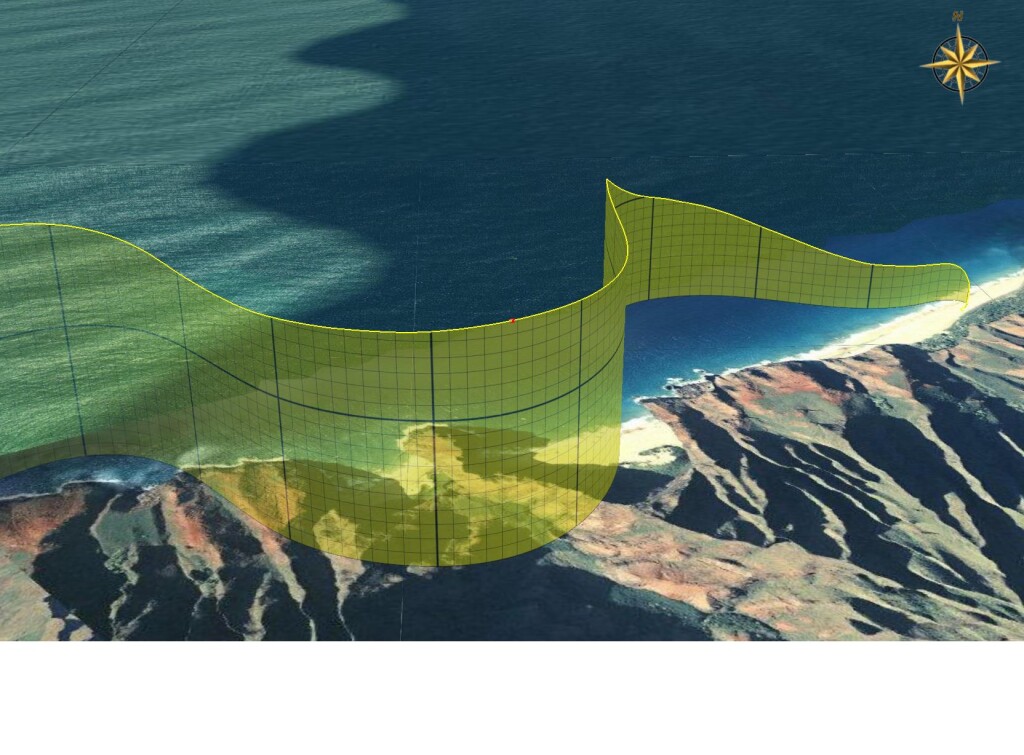

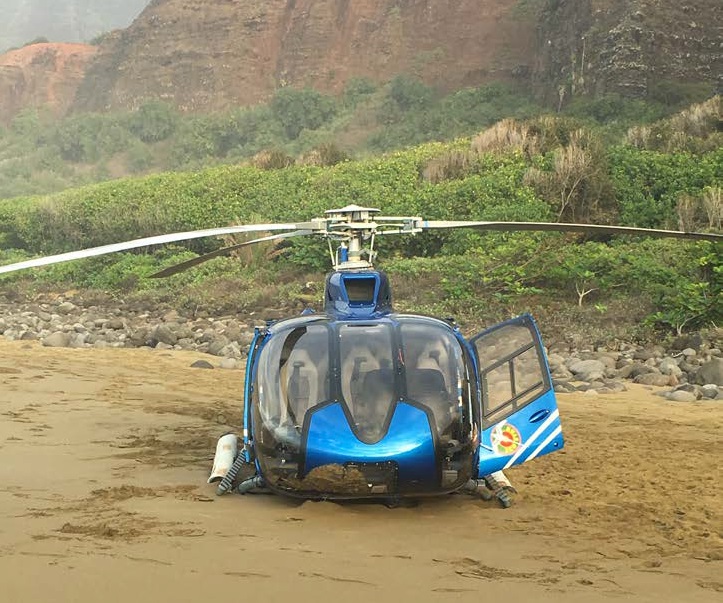
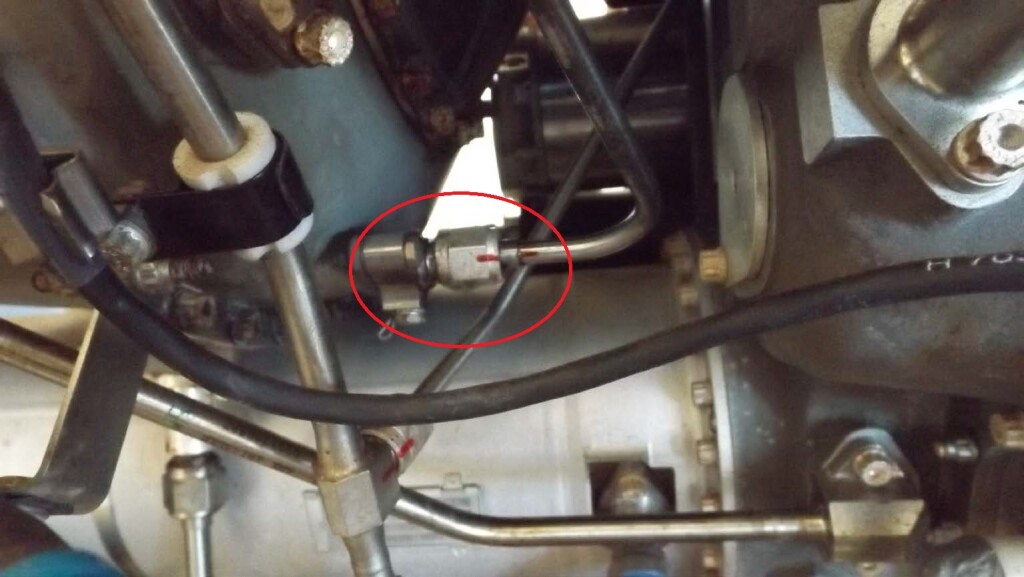

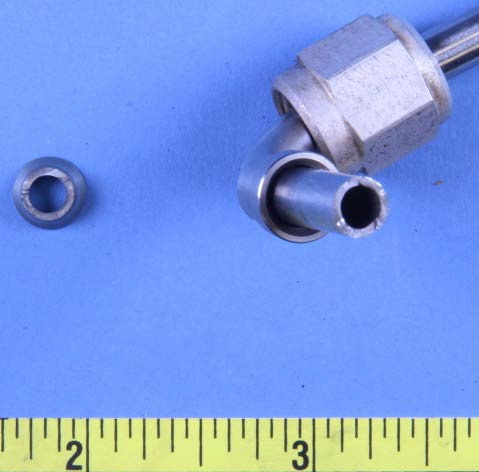
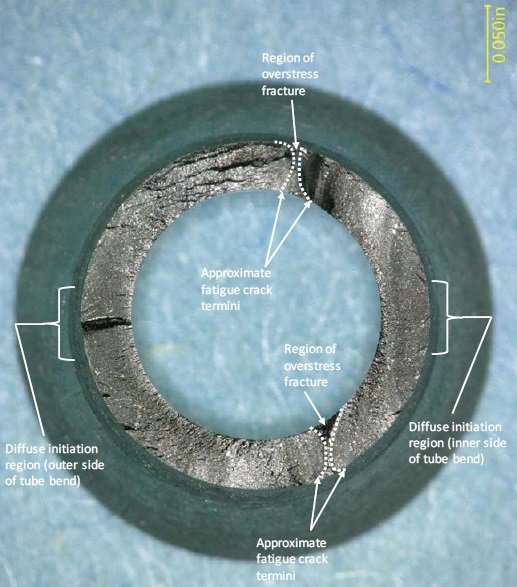


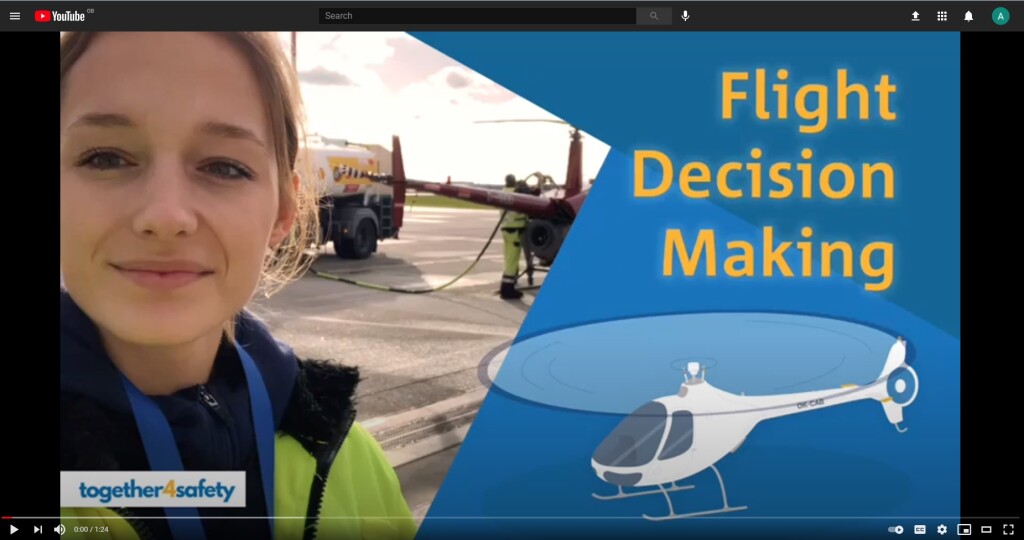
Recent Comments